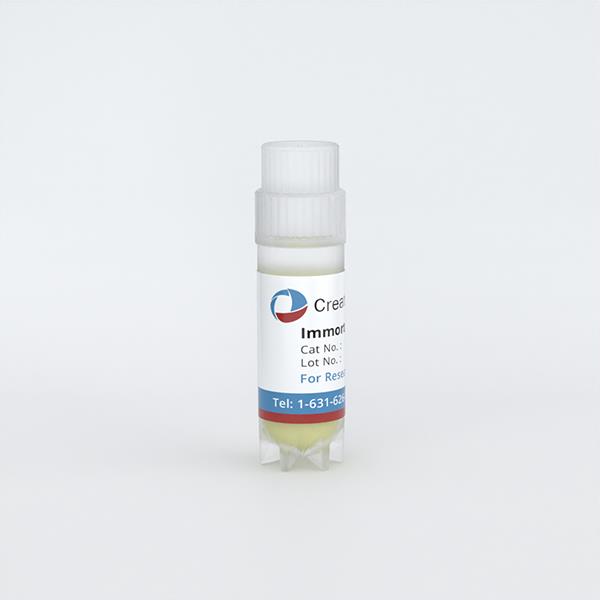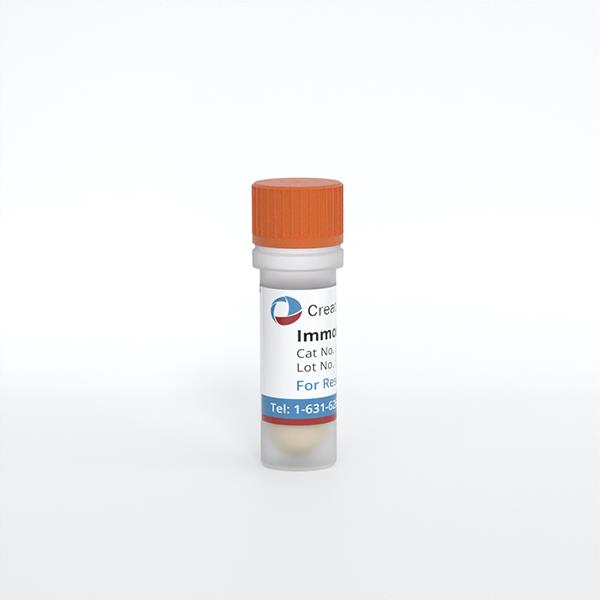Description
Immortalized Human Corneal Endothelial Cells-SV40T from Creative Bioarray were developed from human corneal endothelial cells isolated from human tissue transduced with a lentiviral expression vector containing the SV40T gene. The cells show the typical endothelial cell morphology. The cell line was continuously cultured for more than 50 population doublings without showing signs of growth retardation or replicative senescence.
Source
Descemets′ membrane
Recommended Medium
SuperCult® Immortalized Mouse Hepatic Stellate Cell Medium (Cat No.: CM-I9205L)
Freezing Medium
Complete medium supplemented with 10% (v/v) DMSO
Culture Properties
Adherent
Morphology
Cobblestone-like
Immortalization Method
SV40 large T antigen
Applications
For Research Use Only
Growth Properties
Cells are cultured as a monolayer at 37°C in a humidified atmosphere with 5% CO2.
Storage and Shipping
Directly and immediately transfer cells from dry ice to liquid nitrogen upon receiving and keep the cells in liquid nitrogen until cell culture needed for experiments.
Note: Never can cells be kept at -20°C.
Citation Guidance
If you use this products in your scientific publication, it should be cited in the publication as: Creative Bioarray cat no.
If your paper has been published, please click here to submit the PubMed ID of your paper to get a coupon.
What research applications are Immortalized Human Corneal Endothelial Cells-SV40T suitable for?
Immortalized Human Corneal Endothelial Cells-SV40T (Cat No.: CSC-I9205L) are ideal for studying corneal endothelial cell function, wound healing, transplantation research, drug screening, and understanding cellular mechanisms involved in corneal diseases.




